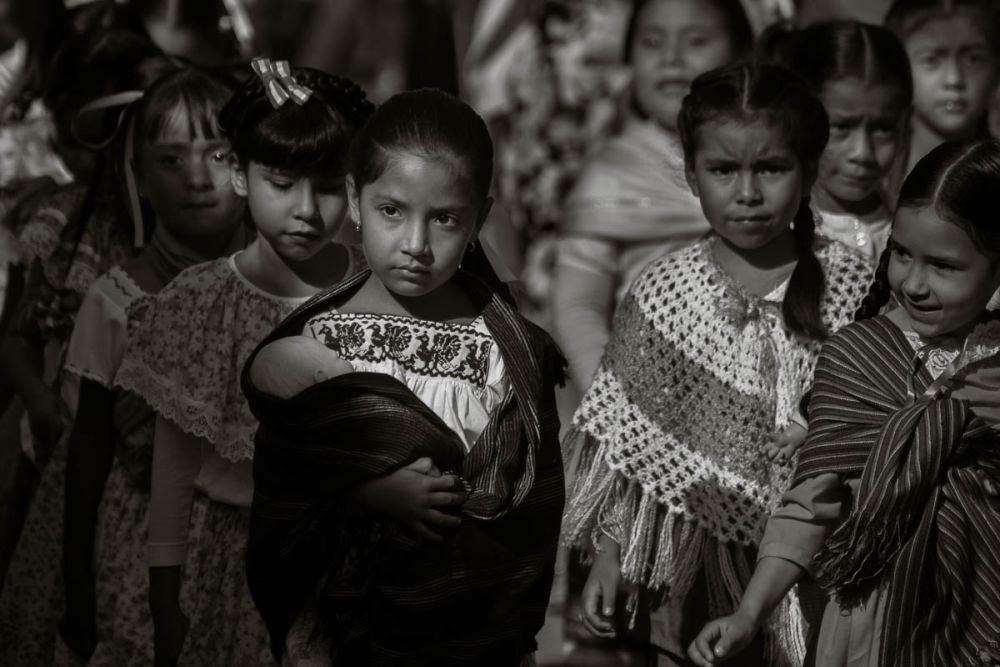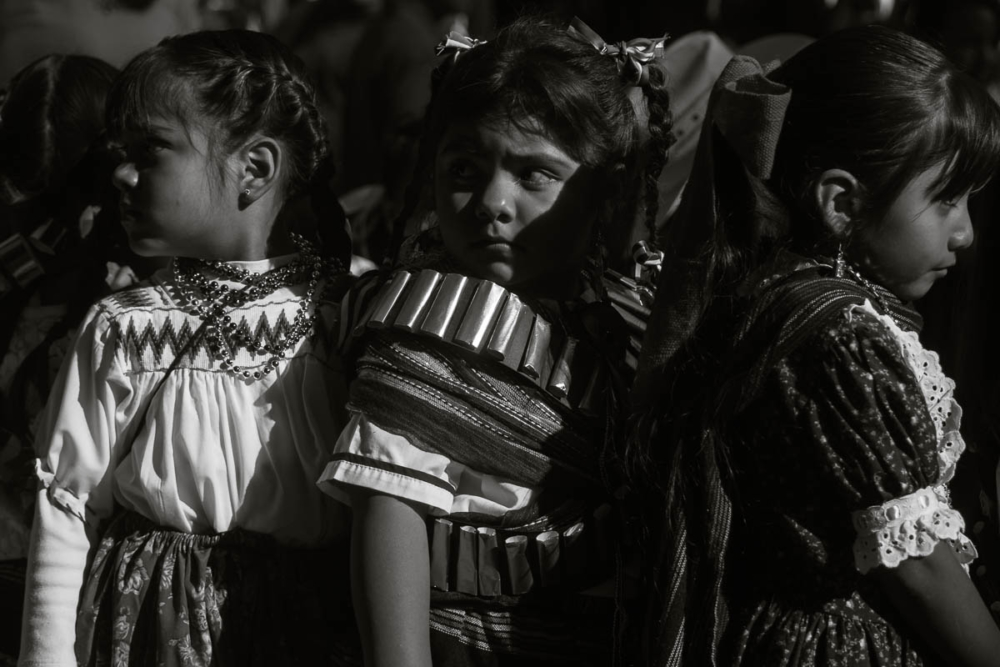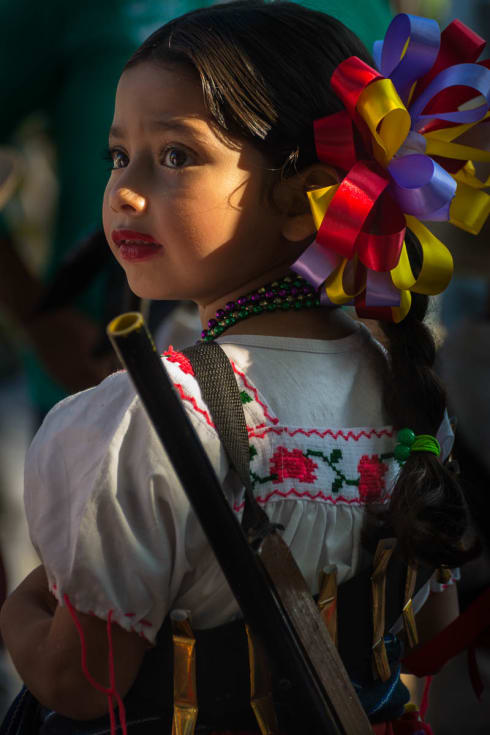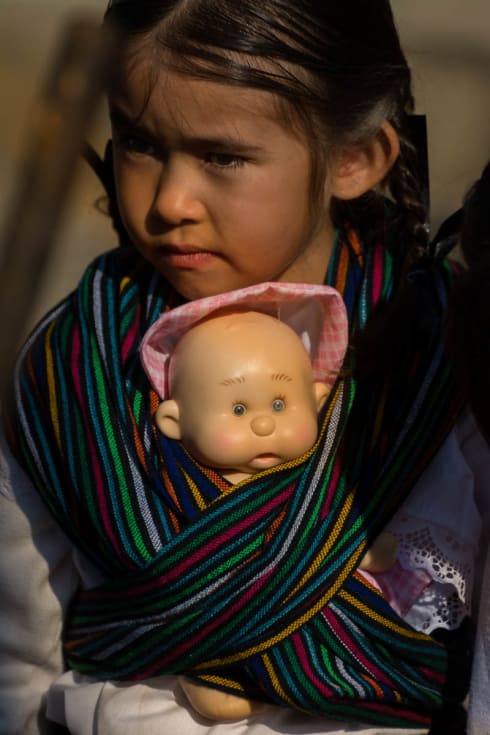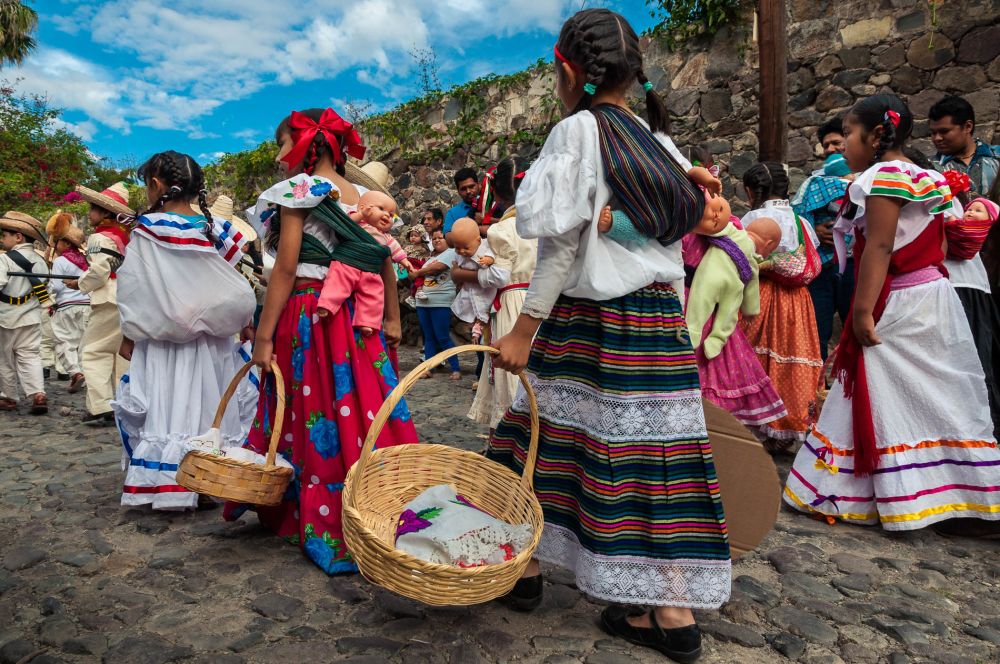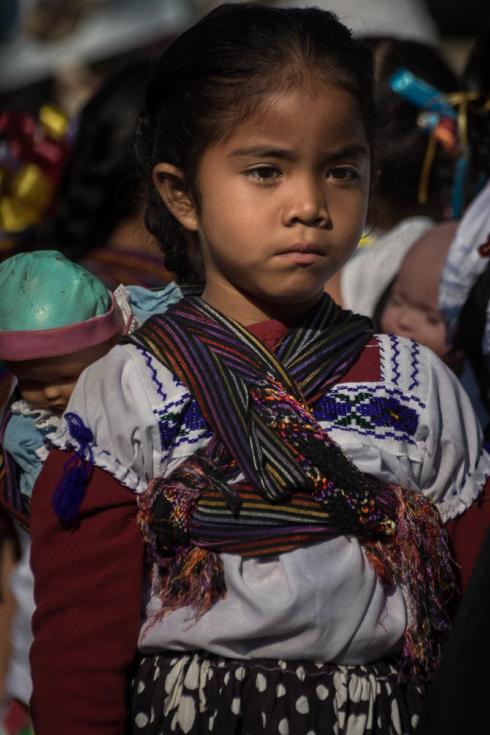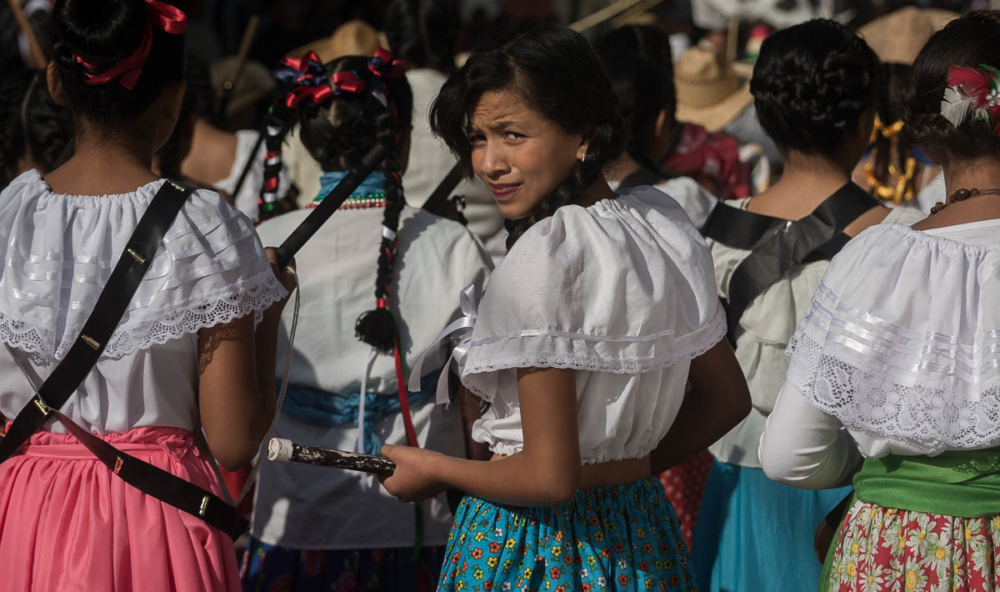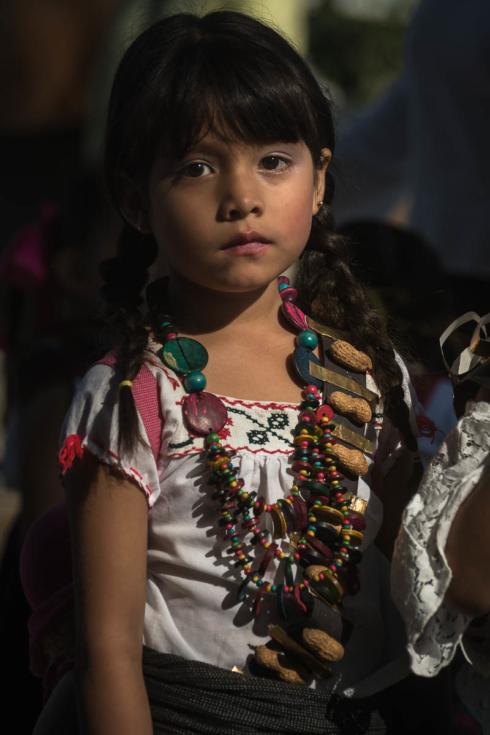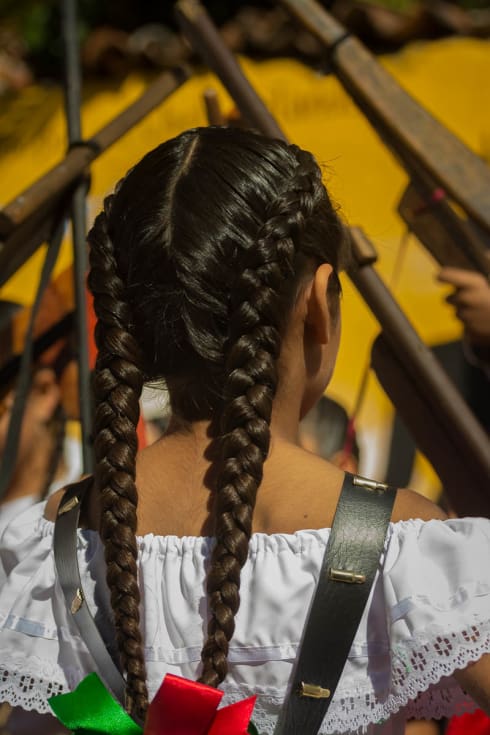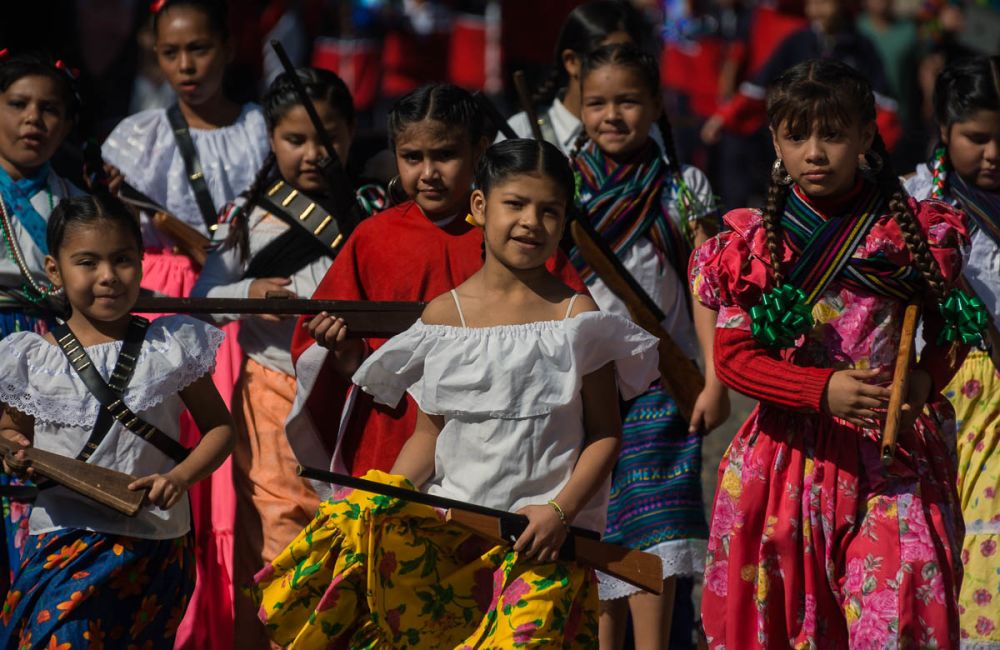Soldaderas in the Mexican Revolution: How the Women “Adelitas” Helped Win Mexico’s 1910 Revolution
Women played an essential role in Mexico’s cultural shift towards economic and racial equality during the early 20th century.
The spirit of rebellion which formed during the Mexican Revolution, a 10-year affair that ended less than a century ago, still resonates today in modern Mexico. The insurgents who executed the coup are revered now as national heroes, and even the smallest rural town seems guaranteed to have its own calle or avenida named after Emiliano Zapata, Francisco Madero and Cárdenas Lázaro. Women known as soldaderas in the Mexican Revolution made important contributions to the eventual 1920 ousting of the rich Mexican landowners and elites who had run the country under President Porfirio Díaz’s 35-year dictatorship.

When Díaz stole the election from his opponent and declared himself President again for the eighth time in 1910, an armed rebellion ensued. At 6 p.m. on Sunday, November 20, 1910, the Mexican people revolted against the years of oppression by the state: extreme wealth inequality concentrated in the top 0.1%, debt slavery of indigenous persons, and long-standing oppression of political thought and freedom of expression.
Starting to sound familiar?
President Díaz’s opponent, Francisco Madero, led his supporters to battle and the dictator’s regime toppled six months later. It was a complete social, cultural and political revolution that dismantled totally the structure of power in the country.
Central to the success of this effort were the soldaderas, women who did sometimes engage in direct combat. But more often played significant roles as spies, propagandists, plotters and nurses on the frontline.

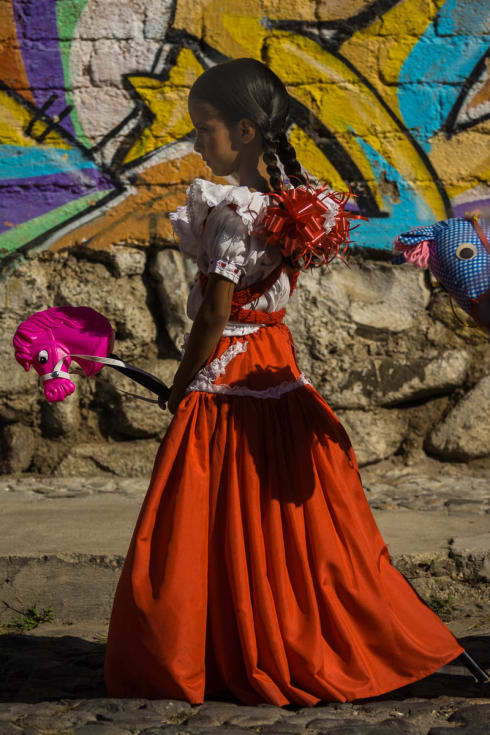
Women in the Mexican Revolution
It wasn’t all glamour and high honor. Some soldaderas in the Mexican Revolution were paid by men to be domestic servants, cooking meals, mending clothes, and otherwise taking care of them. These domestic tasks did often require work which was uncommon for a woman to perform at the time, such as setting up camp or transporting goods.
Occasionally a woman would take the place in the ranks of her dead husband, but this certainly didn’t happen often. History remembers the soldaderas, also known also adelitas, as a vital part of the Revolution and perhaps even essential to its success.
Today, Revolution Day is celebrated each November 20 in thousands of towns and cities across Mexico. Unlike a good deal of Mexican holidays, which can vary greatly from region to region, Revolution Day is almost always celebrated in much the same way: parades of kids from elementary schools dressed in their gym uniforms while forming human pyramids or doing in-sync dance steps with batons or hula hoops.
Staggered in between these groups of marching kids are marching military bands with bugle and drum corps — a dozen or more moderately trained kids all wailing and whacking, trying to keep in time with the band leader up front. You can imagine what it sounds like to be on the street hearing the grind and roar of half a dozen musical groups all playing half a dozen different songs at one time.
But the ones who really steal the show are the girls who dress up as soldaderas and the boys dressed as armed revolutionaries. Some portray famous rebels such as Pancho Villa. But most represent one of the 900,000 forgotten lives which were sacrificed during the war in the name of democracy, liberty, and justice.
![]()
